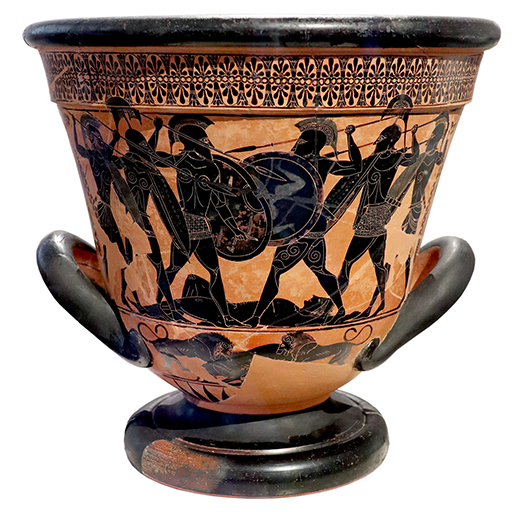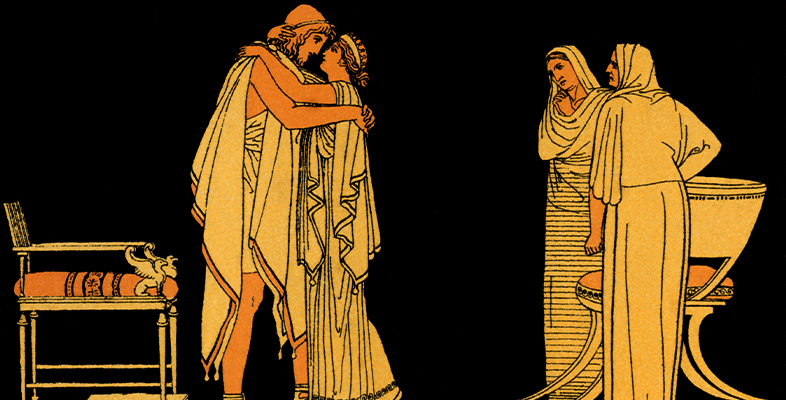1 Introducing Homer’s Odyssey
The Odyssey is one of two ancient Greek epic poems, traditionally attributed to a poet named Homer, which were composed and written down sometime between the late eighth and mid sixth centuries BCE. These lengthy narrative poems – the earliest-surviving complete epic poems in the Greek language – tell stories relating to the mythical Trojan War, during which the Greeks laid siege to and eventually sacked the city of Troy. The Iliad (whose title comes from ‘Ilium’, the Latin name for Troy) is set during the war itself, and the Odyssey focuses on the convoluted and fantastical journey home of one of the Greek warriors, Odysseus, after the Greeks destroyed Troy. The war itself was said to have lasted for ten years, and Odysseus’ journey back to his palace on the island of Ithaca took a further ten years. The lengthy timescales involved in these stories reflect the fact that everything about epic poetry seems to take place on a grander scale than in real life; epic heroes seem to have longer lifespans, and to remain fit and active for much longer than ordinary humans would.

The Iliad and Odyssey are many thousands of lines long (each was divided into 24 subsections, or books, by later editors) yet they still do not tell the whole story of the Trojan War, nor were they the only version of these stories known to ancient Greeks. They form part of a much wider mythical tradition which was told and retold in different literary genres and artistic media across the ancient Greek world, and which still today continues to be reinvented by writers and artists. The characters in these tales, and the activities they undertake, often seem to be larger than life, and the stories can feature incidents which we might describe as supernatural or fantastical. For example, gods become involved in the affairs of humans (the gods often take sides and have their own favourite mortals), and the Odyssey in particular features a whole host of monstrous characters who try to intercept Odysseus on his way home.
Study note: a note on dates
You will notice that this course uses the abbreviations ‘BCE’ and ‘CE’ when dating events, texts and objects. These abbreviations stand for ‘Before the Common Era’ and ‘Common Era’. You may be familiar with an alternative method of referring to dates as ‘BC’ (‘before Christ’) and ‘AD’ (Anno Domini, Latin for ‘in the year of our Lord’), and you may find that the authors of other things you read on the topics discussed here use instead BC and AD instead of BCE and CE. Remember that BCE years count backwards – therefore the eighth century BCE is earlier than the seventh century BCE.
